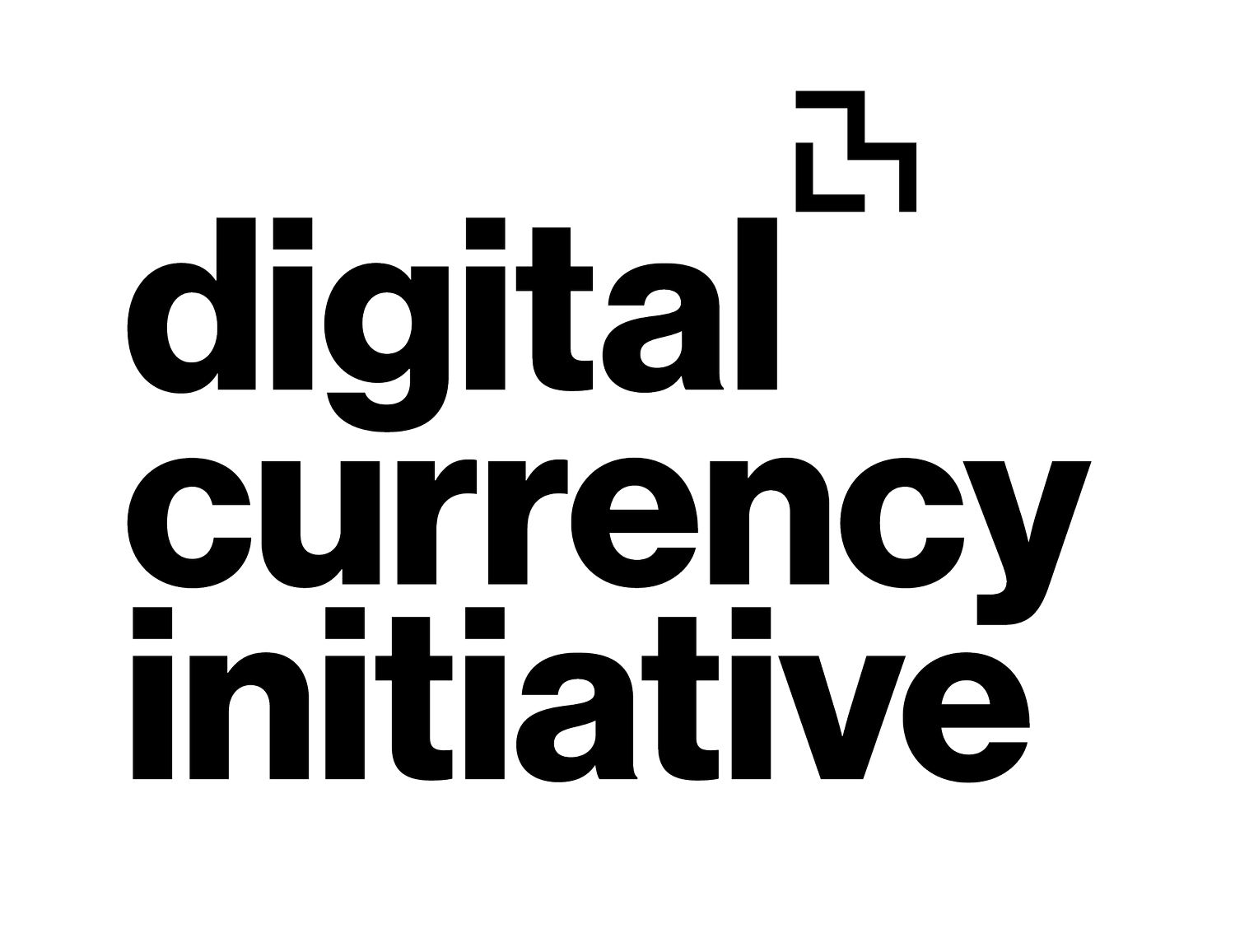Designing Payment Tokens For Safety, Integrity, Interoperability, and Usability with JPMC
Massachusetts Institute of Technology Digital Currency Initiative (MIT DCI) and Kinexys Digital Payments at J.P. Morgan collaborated on the research and development of a prototype for payment tokens on EVM-based blockchains. This research focuses on the additional capabilities required to meet compliance and regulatory requirements, identifies gaps in existing token standards and proposes two new sets of capabilities to address these gaps. Produced by a joint research team composed of staff from MIT DCI and Kinexys, this report captures the research journey and findings, serving as a valuable reference for the financial services ecosystem in their work on blockchain and tokenization.
Research journey and motivation: The first part of the report outlines the research journey, detailing the interests and motivations of MIT DCI and Kinexys in payment tokens, as well as the research approach undertaken. Trends in blockchain adoption within the financial services industry highlight the need for bank-issued payment tokens to support financial transactions. However, existing tokens and standards are not designed for financial services, necessitating additional capabilities to meet banks’ regulatory compliance requirements.
Design guidelines and key functionalities: The second part of the report serves as a handbook for financial institutions developing payment tokens and token-based products. It provides a set of design guidelines, a list of key functionalities and a mapping of existing token standards that can be implemented to enable these functionalities. In designing the prototype, certain requirements were identified as critically important, forming the basis of many design choices. These have been distilled into the design guidelines, which we hope can be validated and further refined into design principles and best practices for the industry. The list of key functionalities describes capabilities that a payment token should provide and the mapping of token standards highlights existing means of implementing these capabilities. A key insight is the challenge of applying a traditional approach of broad standards to tokens and how a new approach of composable, narrow standards would be more appropriate.
Proposed designs for key areas: The third part of the report describes two key areas that are inadequately covered by existing token standards and presents high-level proposed designs to address these gaps: (1) the application of payment control processes, including the capturing and transmission of required payment-related information and (2) administrative controls for remediation and recovery actions, such as suspending transactions and seizing funds. Detailed technical designs and source code will be published subsequently.
Post-development findings and future considerations: The fourth and final part discusses the findings observed post-prototype development. A key observation is that directly applying current regulations and conventions of traditional payment processing to a token world limits potential efficiency gains. The report explores how risks can be adequately or even better managed in a tokenized environment, enabling changes in payment processing and application of payment controls to fully harness benefits.
Additionally, the report addresses other considerations not explored in detail in this project but relevant for future exploration, particularly regarding the governance of open blockchains, potential risks and concerns and possible mechanisms for managing them.
We are also excited to release of companion code for this paper. This codebase provides an example of how payment tokens could be designed to meet the guidelines we describe in the paper, and includes an interactive demo for an ecosystem consisting of an EVM-compatible ledger, a regulated institution, and users. We have also included a workflow that is well aligned with the regulatory framework for transferring regulated assets, with little overhead and a small on-chain footprint, as well as workflows to manage required administrative functions for regulated assets. See the codebase here: https://github.com/mit-dci/payment-tokens
Authors
Wee Kee Toh, Global Head of Business Architecture for Digital Payments, Kinexys by J.P. Morgan
Michael Maurer, Software Engineer, MIT Digital Currency Initiative
Emma Landriault, Vice President, Product Manager for Digital Payments, Kinexys by J.P. Morgan
Ashwanth Samuel, Student Researcher, MIT Digital Currency Initiative
Lillian Wang, Student Researcher, MIT Digital Currency Initiative
Neha Narula, Director, MIT Digital Currency Initiative
This project is a part of the Future of Financial Infrastructure research track


